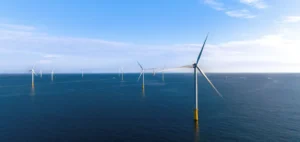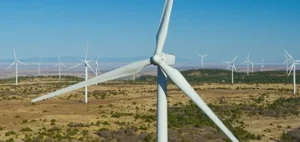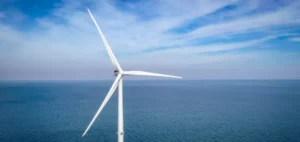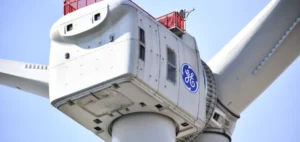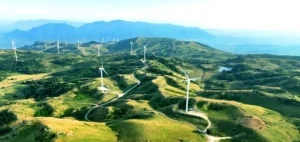JERA, a leading Japanese energy company, and bp, an international energy group, have finalised the formation of JERA Nex bp, a new joint venture dedicated to offshore wind and owned equally by both companies. The entity combines both partners’ operating assets and development projects, reaching a net potential capacity of 13GW, including 1GW already installed, 7.5GW in development and 4.5GW under secured leases.
Global deployment and shared governance
JERA Nex bp’s immediate strategy is based on disciplined and prioritised management of its global portfolio, focusing on the development of its current pipeline while ensuring the safe operation of its assets in Europe and Asia. The company plans to continuously optimise the value of its projects through access to external and competitive financing. Its headquarters has been established in London, led by a management team drawn from both founding companies.
Local presence and regional management
The structure also includes a subsidiary, JERA Nex bp Japan, responsible for operations and development in Japan. Masato Yamada, former executive director of JERA, has been appointed as the head of this entity and reports to the general management of JERA Nex bp. The new company positions itself as a key player in accelerating offshore wind development in major production basins.
Synergies and industrial outlook
JERA Nex bp’s consolidated portfolio allows it to benefit from JERA’s project management and operational capacity as well as bp’s offshore energy expertise. Both partners leverage their combined experience in engineering, technical management and industrial procurement to strengthen their competitiveness on global markets.
The creation of JERA Nex bp has been welcomed by Japanese and British government officials, who see this partnership as a means to reinforce cooperation between the two countries and boost the growth of offshore wind on the international stage. The volume of committed assets positions the company among the sector’s leading players, with operations already covering Europe and Asia.
















